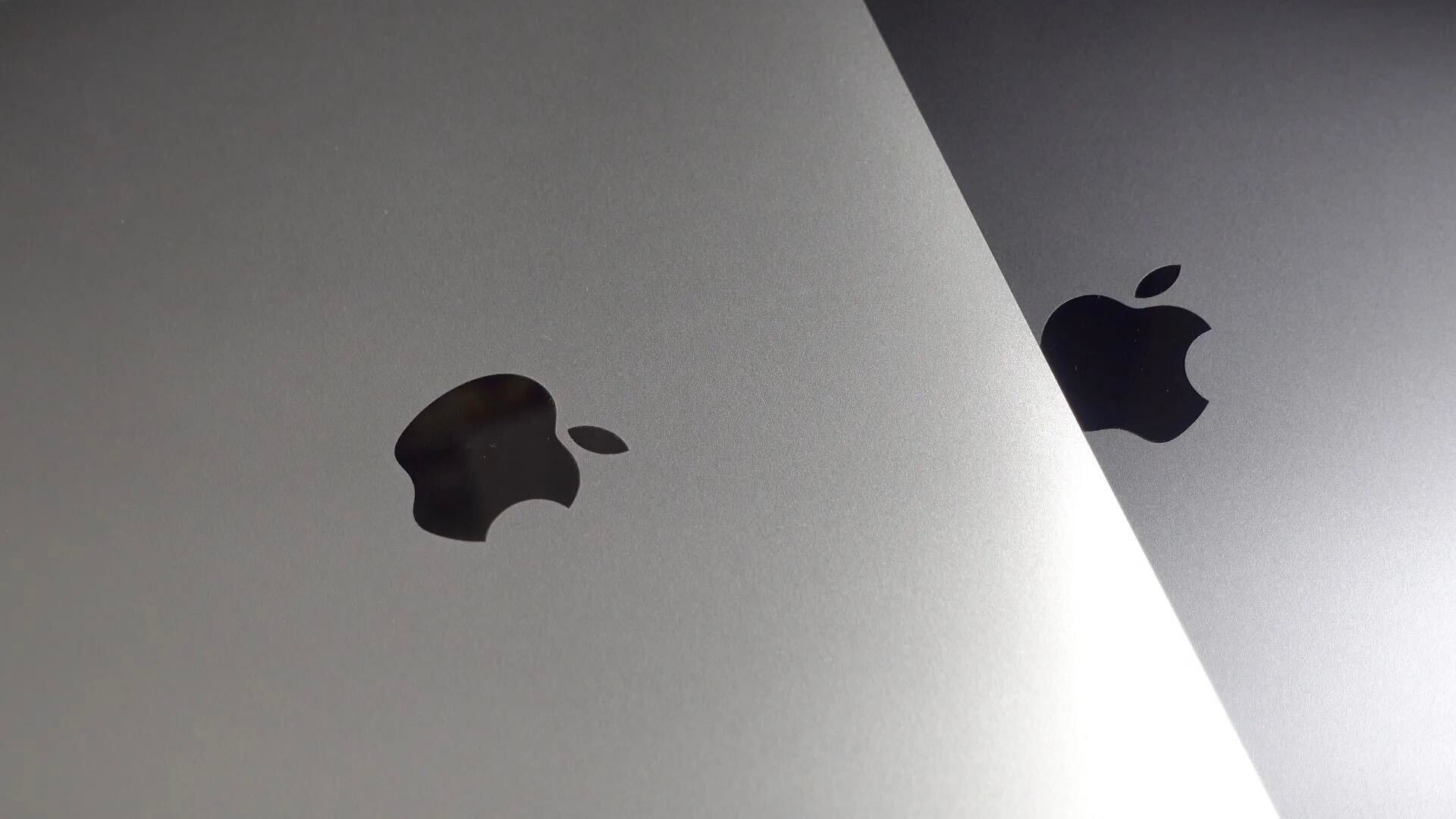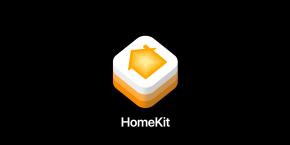
HomeKit Weekly is a new series focused on smart home accessories, automation tips and tricks, and everything to do with Apple’s smart home framework.
In our inaugural edition of HomeKit Weekly, we’re starting with the basics: becoming familiar with Apple’s Home app to control HomeKit. Apple’s Home app is a lot more polished than smart home control in Amazon’s Alexa app, but the Home app can feel foreign to new users despite its name. That was certainly my experience on day one of running iOS 10, but you can overcome the learning curve with experience.
Learning Curve
Apple introduced HomeKit as part of iOS 8 back in 2014, but Siri was the only way to interact the smart home framework without a third-party app.
The go-to third-party app called Home (before Apple’s Home app) took a design approach that made HomeKit control feel like using the Settings app with a clean layout and understandable toggles. The third-party Home app is still useful today for creating HomeKit widgets and using features Apple doesn’t support in its Home app, but it’s a specialized option now with Apple’s built-in Home app.
Apple took a much different approach with its Home app starting with iOS 10 in 2016. The app feels more like the iOS 11 Control Center — with tiles that respond to deep presses or long touches to reveal slider controls and hidden menus. That’s okay for explorers who like to poke things and dig through settings to find new features, but it’s not the most intuitive experience compared to the rest of iOS.
Welcome Home
Let’s walk through the basics. Home consists of three main sections: Home, Rooms, and Automation.

From the Home tab, you will find several functions:
- Home app settings which is hidden under a too-clever-for-its-own good location icon
- Edit for arranging scene and accessory tiles
- + for adding new scenes and HomeKit accessories
- The name of your current Home
- A status summary of active (and inactive) accessories
- Favorite Scenes
- Favorite Accessories
- and Favorite Cameras
The location icon in the top left corner takes you to a settings screen where you can do things like rename your Home, see active and inactive Home hubs, manage who has access to your Home setup and how, manage HomeKit speaker software updates and access, change your Home tab wallpaper, write notes that can be seen by all shared users, and completely delete your Home configuration.
Check out the slideshow gallery for a tour of what to expect:
Also see Jeff Benjamin on setting up the Home app for the first time:
The settings section is also where you can add additional Homes — like if you have a vacation home or want to manage HomeKit for a family member — which is why the Home app uses the not-so-obvious current location icon to hide the settings section. If you do have multiple Homes set up, HomeKit can automatically switch to your current Home based on location (or you can manually switch Homes if you prefer).
Switching Home locations is important so Siri can know which thermostat to control when you say to lower the temperature. Location switching also affects which configuration of accessories you see in the Home app and even on the Control Center widget.

Managing Favorites
Speaking of Control Center, this is likely where you will want to spend a lot of your time controlling HomeKit accessories. On the iPhone, the Home app control offers access to favorited accessories and favorited scenes. Accessories are individual devices (or grouped devices in some cases) while scenes are groups of actions that can control multiple accessories.
For getting started with this control, there are a few things to know:
- New accessories are favorited by default, or you can toggle favorite status by long pressing an accessory tile, tapping Details, and toggling Include in Favorites
- Favorited accessories from different Rooms appear together on the Home tab of the Home app for quick access
- For quicker access, the Home app’s Control Center widget offers access to the first nine favorited accessories and eight favorited scenes
- This arrangement is managed from the Home tab of the Home app with the Edit button and dragging tiles around
If you have multiple devices on the same account — like an iPhone and an iPad — the state of your favorited accessories and scenes is consistent between devices. Apple also includes a version of its Home app on the Apple Watch which only presents favorited accessories, scenes, and cameras — you need to use Siri to control HomeKit otherwise.

Favorited accessories and scenes are also shared between HomeKit users — something that isn’t obvious at first and I had to learn the hard way. So if you have nine favorite scenes that you control the most and want in Control Center and your partner has a different set of accessories they control the most, you’ll have to compromise on which accessories make the cut.
This shared behavior also extends to the tile arrangement of the whole Home tab in the Home app. The benefit of this is you can manage the HomeKit experience for all shared users from one device, but it does limit personalization between shared users.
Resources and More

You’ll likely spend most of your time with the Home tab of the Home app and the Control Center tile, but the Home app features two more tabs for managing HomeKit: Rooms and Automation.
Think of Rooms as where you see every HomeKit accessory you’ve set up whether it’s favorited or not — including bridges and sensors that you may not want populating the Home tab. Automation is where you can make HomeKit work for you without any direct input from Siri or the Home app.
We’ll explore HomeKit Automation, best practices for managing a large collection of Rooms, and much more in future installments. For now, we’ll leave you with four additional resources for diving in to HomeKit:
- Apple Support: Use the Home app on your iPhone, iPad, and iPod touch
- Podcast: Canvas #54: Managing Your Smart Home from iOS
- Book: Take Control of Apple Home Automation by Josh Centers (Kindle & iBooks)
- Community: HomeKit Talk
FTC: We use income earning auto affiliate links. More.




Comments